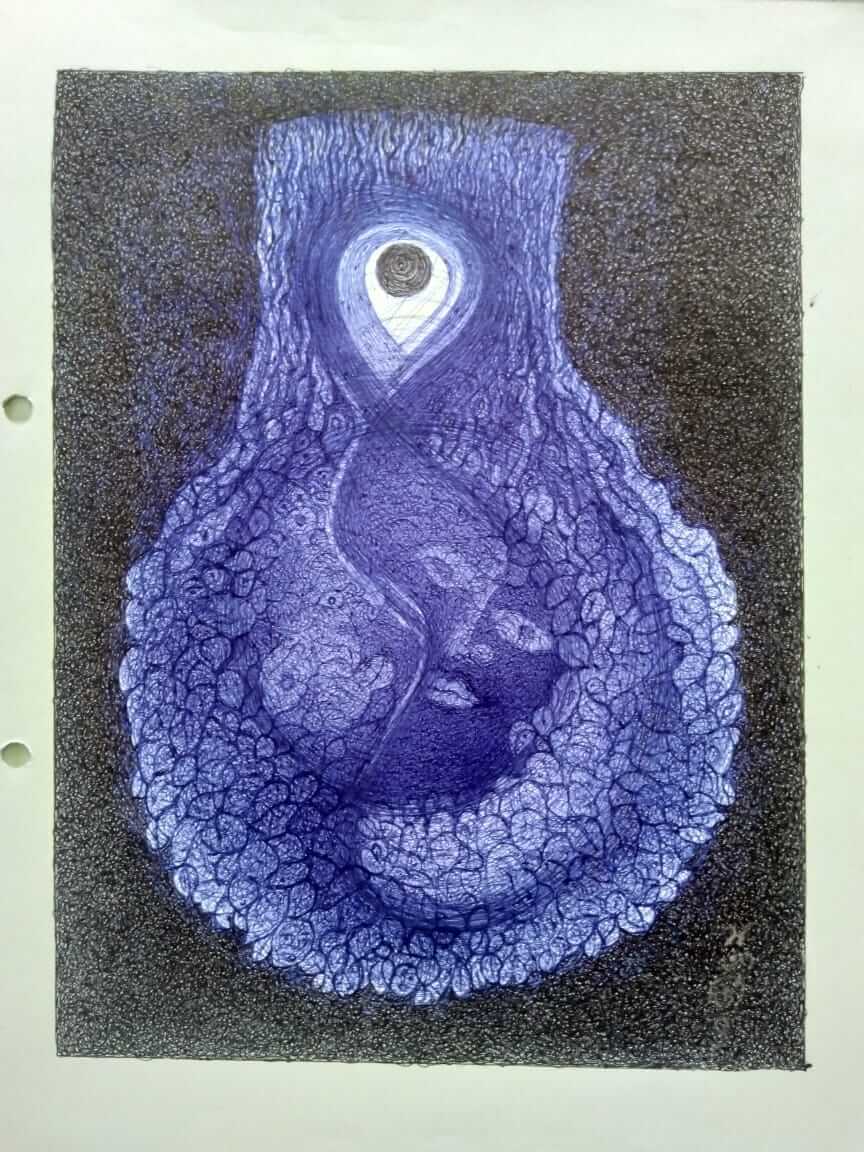Nilanjana retells the story of Parashurama, the sixth avatar of Lord Vishnu, in the weekly column, exclusively for Different Truths.
Parashurama is the sixth avatar of Lord Vishnu.
The story of his birth is quite interesting. Satyavati was King Gadhi’s daughter. She was given in marriage to a Brahmin1 though she was born a Kshatriya2. Gadhi did not have any son and neither did Ruchika. Hence the Queen (Gadhi’s wife) and Satyavati asked Ruchika to help. Ruchika prepared the holy water sanctified by incantations. One was for his son (to be born with the qualities of a Brahmin) and the other was for the king’s son (to be born with the qualities of a kshatriya). When Ruchika was away at the river, the two women saw the holy water. Since the Queen thought that Ruchika is likely to be partial to his wife, she suggested that they exchange the pots since the water is supposed to grant them, sons.
Later when Satyavati informed her husband about the exchange of holy water, he was angry. He explained that the Queen’s son is supposed to protect the kingdom and should, therefore, have qualities of a kshatriya but their son should ideally have the qualities of a Brahmin. Satyavati felt a bit foolish and requested him to help them out. Ruchika could only manage to shift this swap for a generation.
Satyavati’s son was called Jamadagni and he married Renuka. They had five sons and Parashurama was the youngest.
In those days, the common men were quite fed up of the tyranny of the kings, who were kshatriyas. Incensed by this injustice, Parashurama would take up arms against those who were behaving inappropriately and were not keen in the language of peace. It seemed that the purpose of his life was to keep the despotic rulers in check.
There is a very interesting story about Parashurama. Once his mother had returned home late for a ritual. Her husband used his powers to check the cause of her delay and found that she was a bit enamoured by a handsome Gandharva (celestial being) so she had lost track of time. The sage, Parashurama’s father, was annoyed at this and asked his sons to chop off the mother’s head. None of the four sons agreed, so he asked the youngest son Parashurama to follow his instructions and behead his mother and the four brothers.
Parashurama followed his father’s instructions. The sage was so happy that he asked his youngest son for a boon. Parashurama requested that his mother and brother be restored back to life. Since Parashurama was aware of his father’s powers he could use his wisdom to manage the situation better. This story was to highlight the special power that the sages held.
Glossary
The traditional caste system of India divides the whole society into four strata (called “varna” in Sanskrit).
- Brahmin – The priests, who spend their life reading ancient scriptures and interpreting them
- Kshatriya – Member of the military or protectors
The other two castes are Vaishyas and Shudras.
Footnote: Srimad Bhagavatam is often called the Bhagavad Purana. Authored by Ved Vyasa, the stories are about the various avatars (incarnations) of Lord Vishnu, also known as Narayana.
©Nilanjana Dey
#MythAndMythology #BhagavadPurana #Narayana #Parushrama #SrimadBhagavatam #DifferentTruths





 By
By
 By
By
